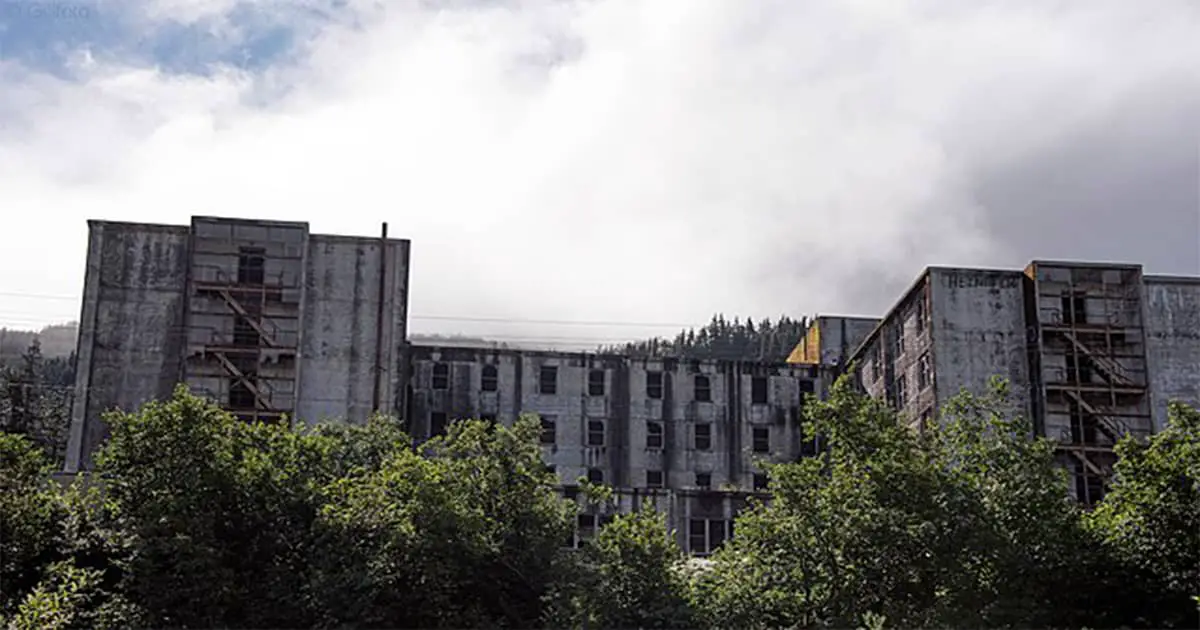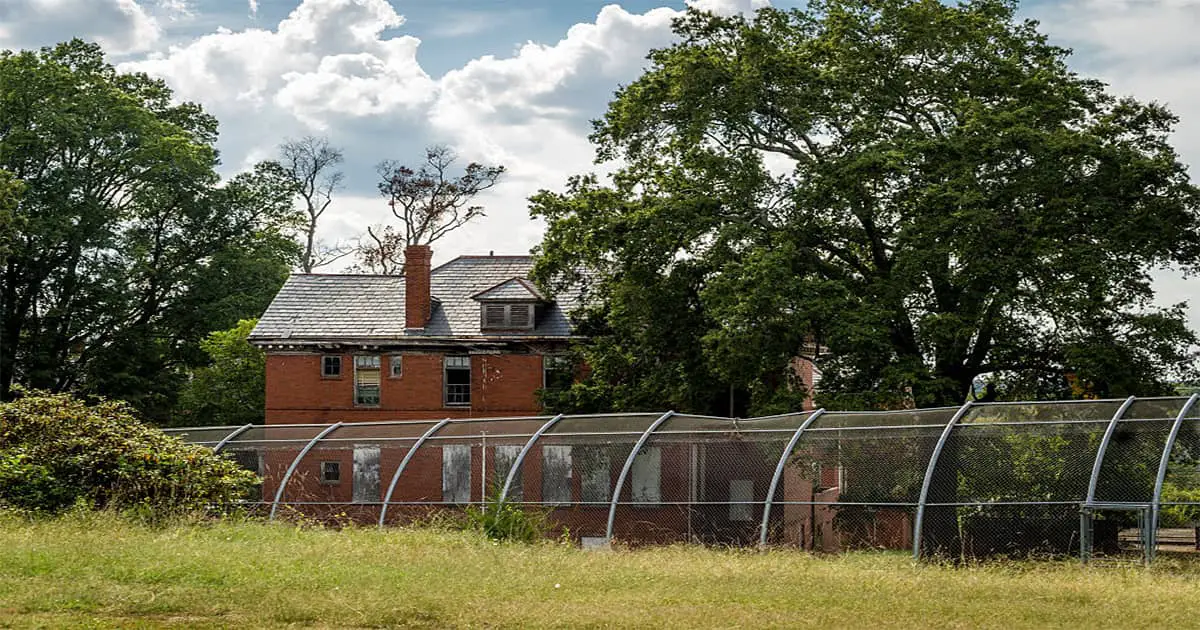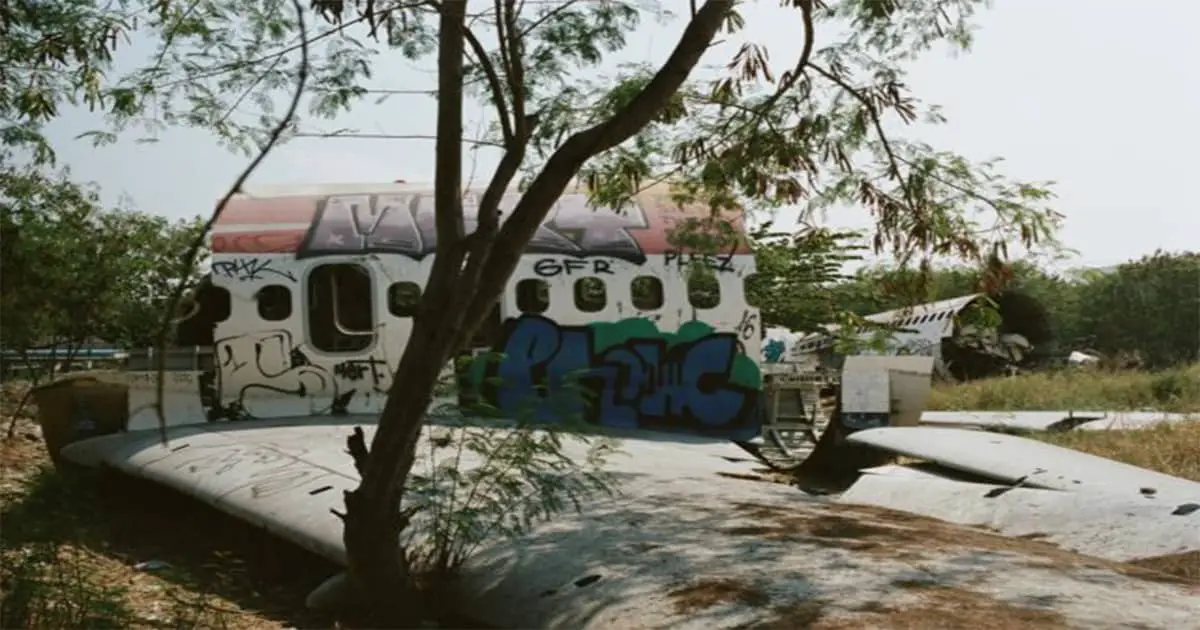The General Simon Alaska’s Buckner Building is an old US military base in Whittier. It is named for Gen. Simon Buckner. During the Cold War, it was thought to be a good place to watch the sky because it was on the west side of Prince William Sound. Now, though, it is just a shell of what it used to be. It is covered in graffiti, and nature has taken over.
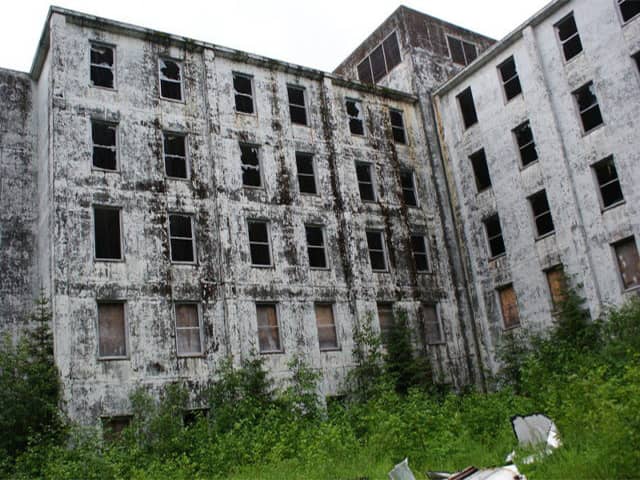
During World War II, there was a need for a military base. It’s Alaska’s Buckner building
The Buckner Building’s history starts with the man who gave the building its name. In 1940, Simon Buckner was made a brigadier general and put in charge of the Alaska Defense Command for the US Army. One of his jobs was to protect the state from enemy attacks, most of which came from the Japanese.
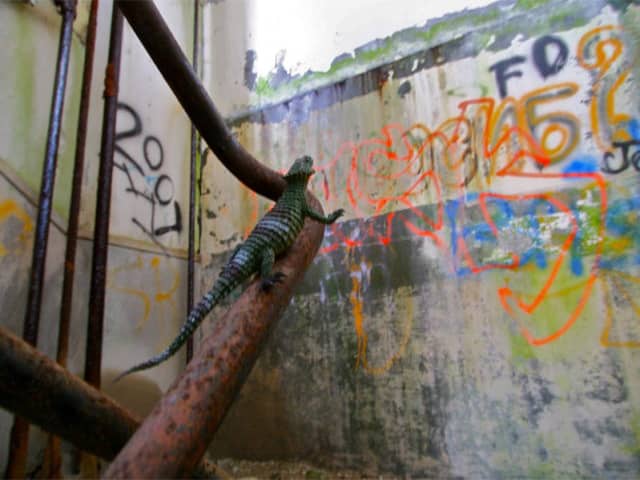
He and many other Army commanders were worried that the Japanese would attack the west coast of the US from islands near Alaska. So, he suggested building a place that was bomb-proof, had enough storage space, and was close to a power plant.
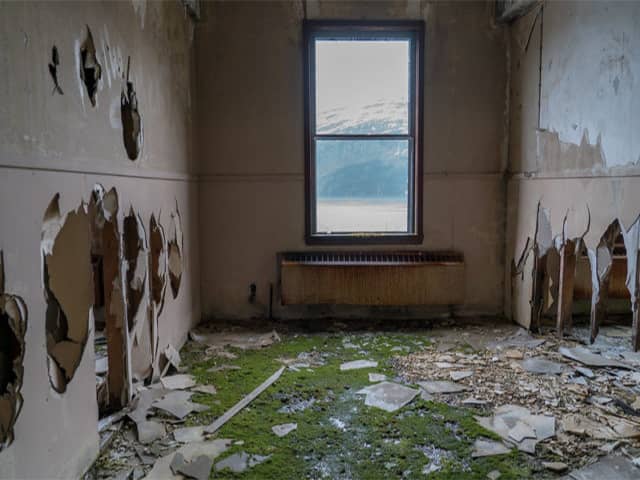
Two things made people think that Whittier would be a great place for a military base. It was safe from enemy air attacks because there were always clouds around. Its bay never got frozen over, so its deep-water ports could be used all the time. This was very important because Anchorage’s military equipment came from the railroad ports in the town.
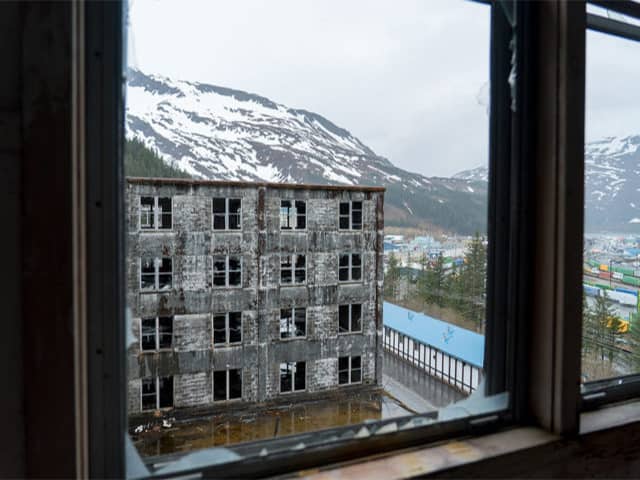
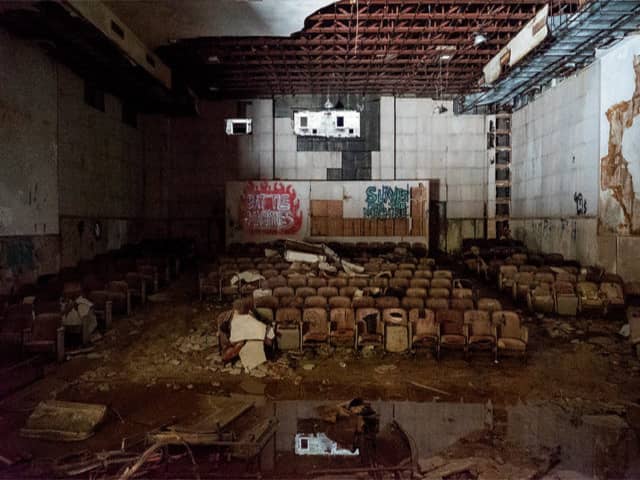
As the Pacific War went on, Buckner was sent to fight in it. During the last days of the Battle of Okinawa, he died. He was the highest-ranking military officer to die in action in the Pacific Theater of World War II. Also, read Amazing Boblo Island Amusement Park has Abandoned.
The Buckner Building was built
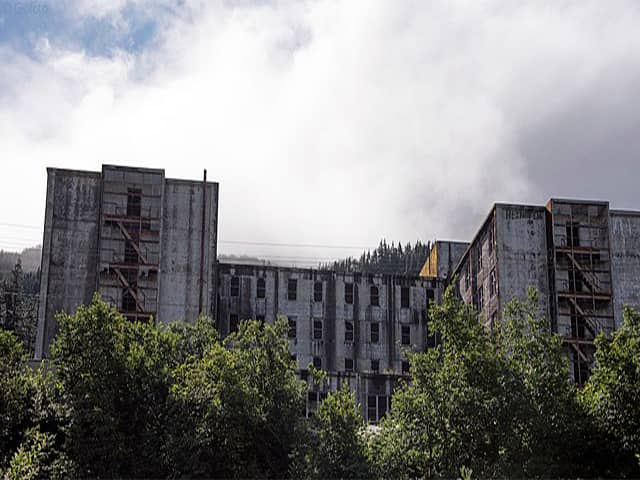
At the start of the Cold War, the US Army Corps of Engineers was told to quickly build a building that could house up to 1,000 soldiers stationed in Whittier and working at Camp Sullivan. The work began in 1949 and was done in 1953.
The 275,000-square-foot property was just what the Army needed. It was known as the Buckner Building, the “City Under One Roof,” and more formally as the Composite Bachelor Housing Service and Recreation Center.
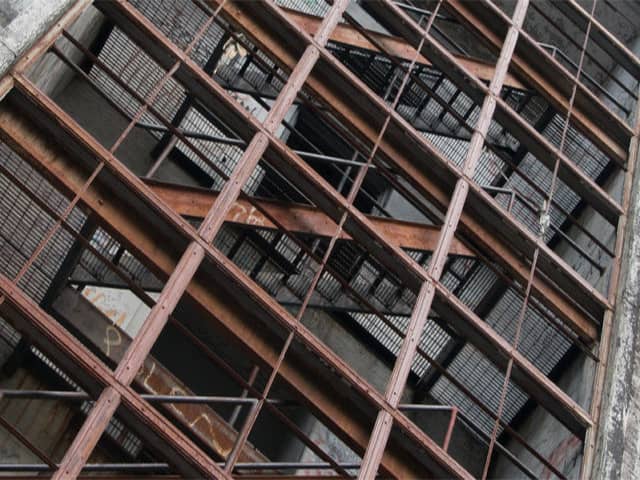
It looked like it had six floors, but there were actually eight if you counted the basement and the floor with the ventilation equipment. It was made of thick concrete to protect against bombs and the harsh weather in Alaska.
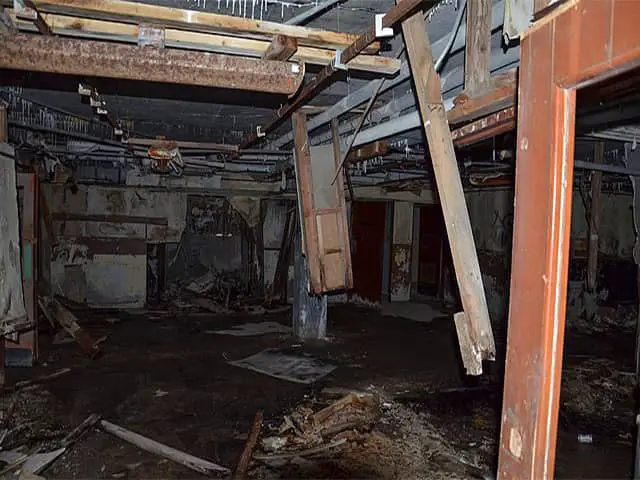
Along with housing for soldiers, the Buckner Building had a power plant, a hospital, a four-lane bowling alley, a movie theater with 320 seats, a pool and a gym, a six-cell jail, a barbershop, a bakery, and a commissary, a church, a radio station, a bakery, a post office, a photography lab, a cafeteria and kitchen, an officers’ lounge, a library, and a More: Abandoned Grossinger’s Resort Ruins: Grossinger’s Catskill Resort Hotel
Alaska’s Buckner building affected by the 1964 Alaska Earthquake
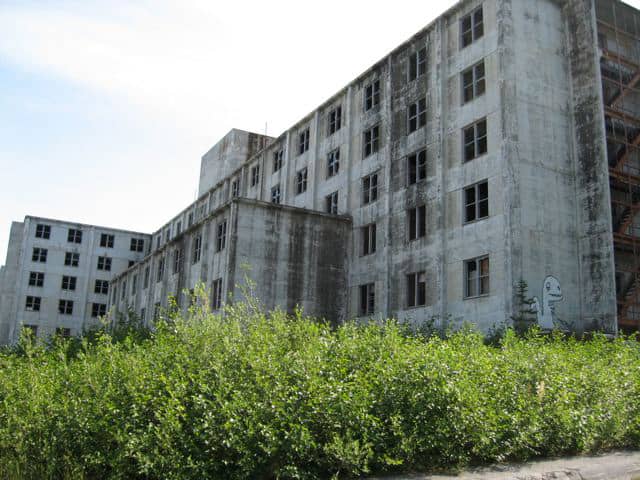
On March 27, 1964, a 9.2 magnitude earthquake hit the area around Prince William Sound. It was the second most powerful earthquake ever recorded, and it was the most powerful one to hit North America. It caused a 40-foot tsunami that hit Alaska’s coast and killed 139 people. Thirteen of those people lived in Whittier.
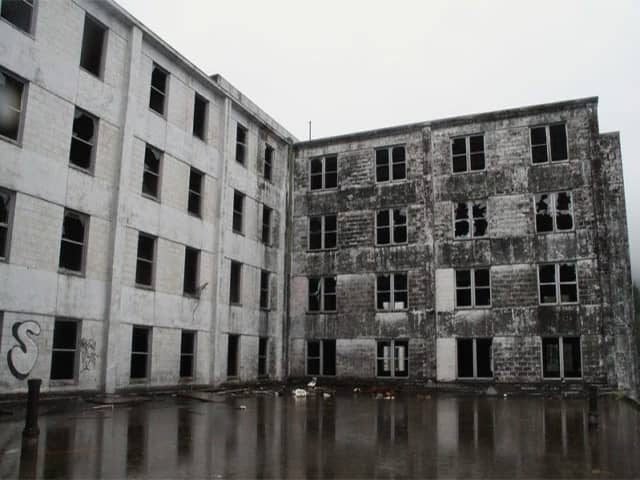
Reports say that the damage to both private and government property cost more than $5 million. The tsunami, in particular, did a lot of damage to the railroad depot in Whittier, and one of its oil tanks exploded, sending burning oil “miles into the bay.”
Because its foundation was built on bedrock, the Buckner Building was able to stay standing with only minor damage. Two 10-inch water lines broke in the power plant, which was the only part of the property that was hurt.
When the military left Alaska’s Buckner building, things get worse.
The Buckner Building kept running until 1966, when it was given to the General Services Administration to be thrown away. The military had already left, and Fort Richardson took over running things for the military people in the area.
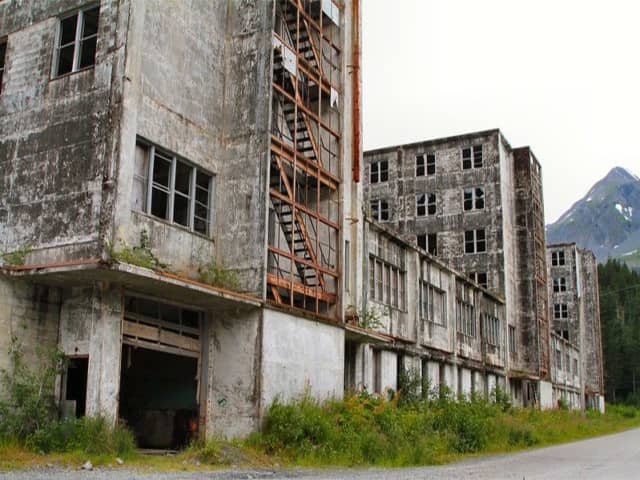
After the military left, a few people and businesses bought the building. It was finally bought by the people of Whittier in 1972, but it broke down quickly. Before long, the windows and doors were broken and the building was left open to groundwater.
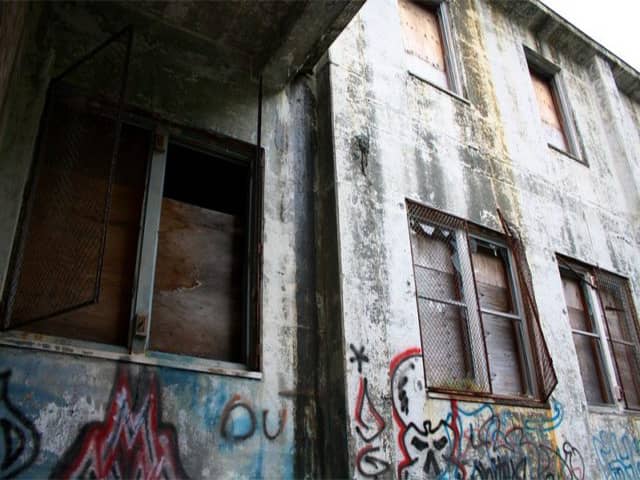
In 2016, the Buckner Building was taken over by the bank. An evaluation of the building’s structure showed that it was unlikely that it could be fixed up for residential use.
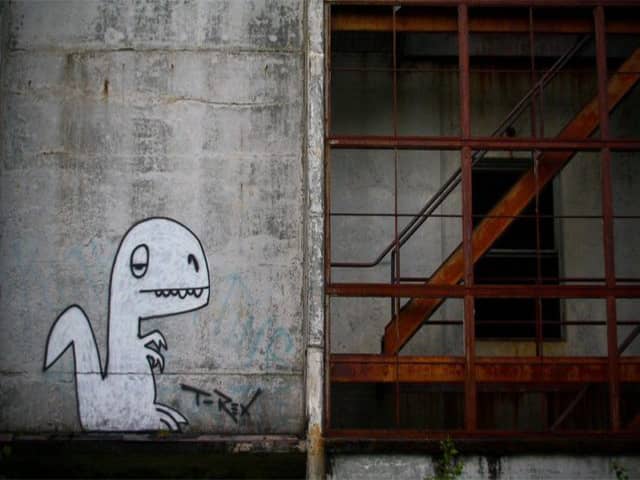
This led the Whittier Department of Public Works and Public Utilities to start working to bring it back to how it looked before. The Alaska Department of Environmental Conservation thought it should be torn down, so this was against what they said.
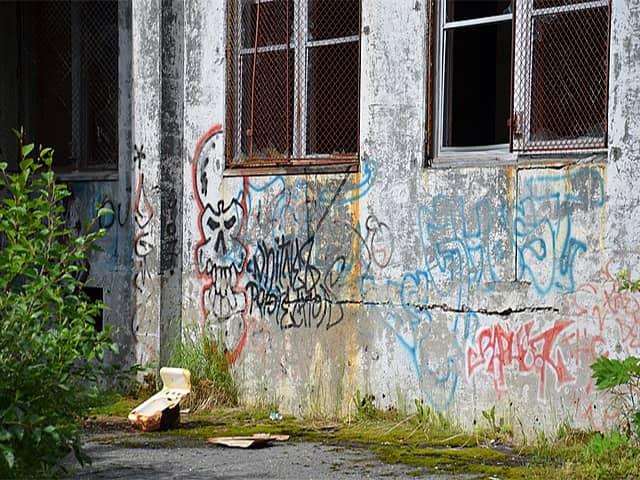
Today, almost every room on the building’s ground floor is filled with water up to an inch deep, and the rest of the floors are full of mold, asbestos, and mildew. Plants have started to grow inside, and animals are making nests in the trash and on the wires that hang from the ceiling.
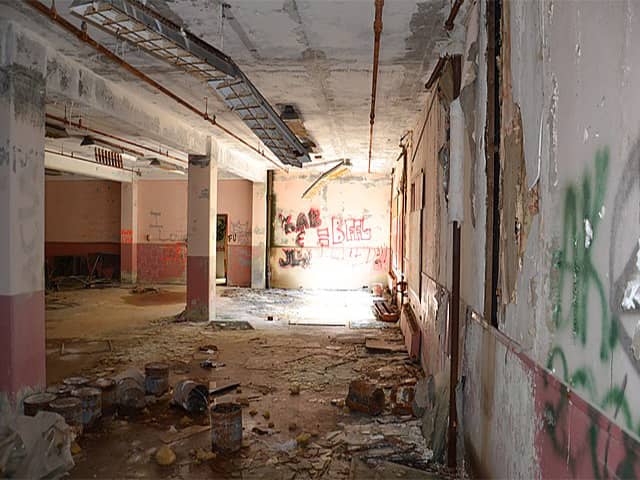
Even though there have been recent efforts to keep people out, urban explorers still sneak in to look at the decay and graffiti on the inside and outside of the building. Read more resources about Alaska’s Buckner building from here.

